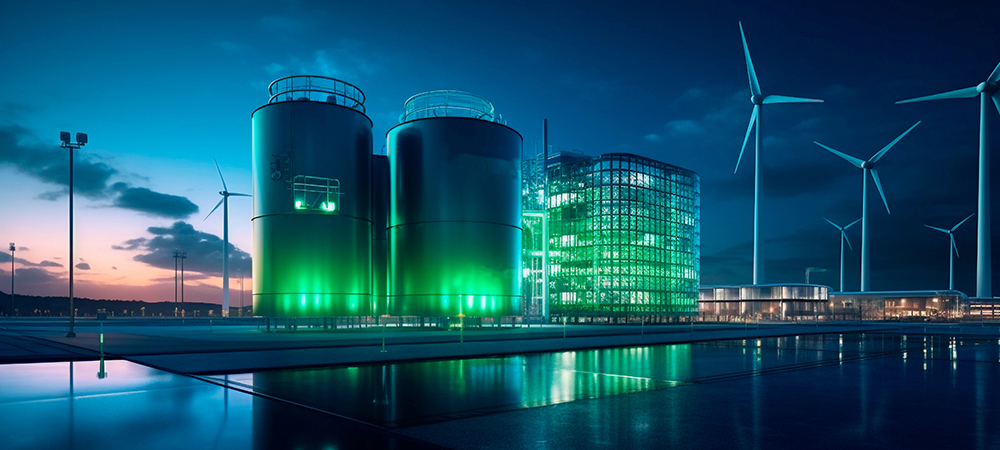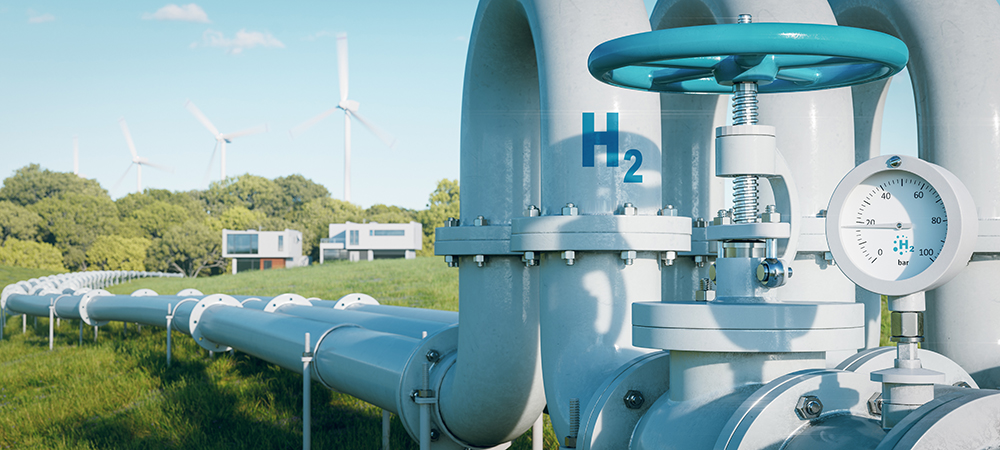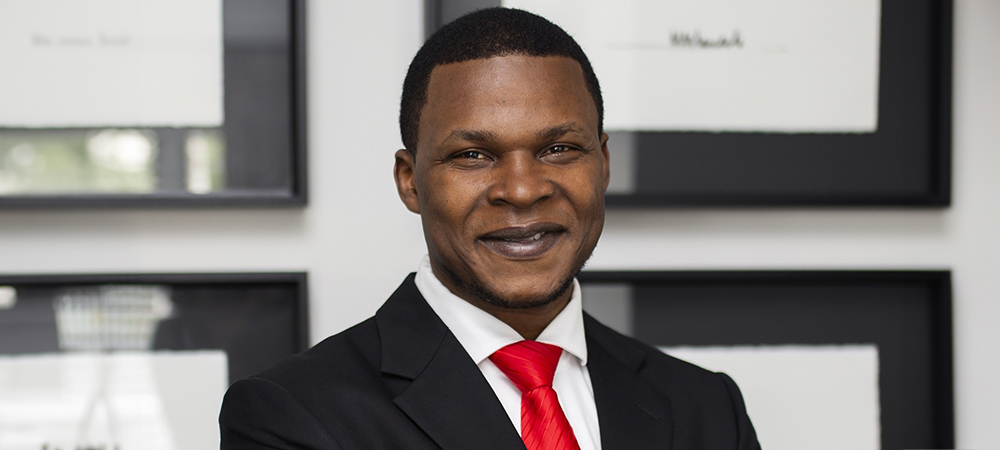Long a destination for donor funding from developed nations, African financial institutions are beginning an initiative to create their own energy transition, survival game plan, writes NJ Ayuk from the African Energy Chamber. The creation of the African Energy Bank is one such initiative taking place in 2024.
From an African perspective, one of the most important things to come out of COP15, the 2009 United Nations Climate Change Conference in Copenhagen, was the formal recognition of the fact that lower-income countries were not in a position to bear as much of the cost of the energy transition as their higher-income counterparts.
That recognition was spelled out in the section of the Copenhagen Accord that included a pledge from the world’s advanced states to provide the developing world with at least US$30 billion a year in financing for energy transition and climate change mitigation projects. Under the accord, funding was supposed to remain at that level for three years and then start rising, reaching US$100 billion per year by 2020.
The Copenhagen Accord was not a binding promise, but it did set up a durable framework for future talks. If nothing else, it served to establish US$100 billion per year as the long-term target the UN would keep trying to hit after 2009 with respect to mobilising climate financing for lower-income countries.
So far, the $100 billion goal has not been reached and distribution of funds has not been equitable. In 2020, based on the latest Organisation for Economic Co-operation and Development data, developed countries provided $83.3 billion. 8% of the total went to low-income countries and about a quarter to Africa.”
Since then, the OECD has published more up-to-date data. And while it shows encouraging signs, it also shows total financing has continued to miss the mark after the deadline. In 2021, total climate finance provided and mobilised by developed countries for developing countries amounted to US$89.6 billion, showing a significant 7.6% increase over the previous year.
The OECD also stated that it expected the US$100 billion annual target to be met in 2022. At this point, though, the organisation has not been able to confirm whether its forecast was correct. In the meantime, the figures listed here should at least raise questions about the ability and perhaps about the willingness of the world’s most advanced countries to keep their promises to their less-developed counterparts.
According to the organisation’s webpage, Secretary-General Antonio Guterres is now calling for developed countries to provide double the amount of funding for climate adaptation programs. More is needed, he says, because the cost of mitigation work is rising and because the number of people living in high-risk areas is rising. Countries may need to spend up to $300 billion a year by 2030 and $500 billion by 2050, according to the United Nations Environment Programme. Yet these estimated costs are five to 10 times greater than current funding flows.
The Climate Policy Initiative found that the world spends under $50 billion on adaptation a year, less than 10% of climate investments overall. This disparity is less acute but still evident in the $100 billion commitment.
More than 60% of climate adaptation funding to date, with nearly all of that figure coming from public-sector sources, provided thus far by higher-income countries to middle and lower-income countries has taken the form of loans. Not grants given freely, but credits that have to be repaid, which will increase the debt loads of countries that are already facing financial strain.
It is time for Africa to create its own market-oriented solutions, and that it already has the foundations to start doing so. One of these solutions is for African countries that possess crude oil, natural gas, and other hydrocarbons to develop their resources to the greatest extent possible and use the revenues they receive to help cover the cost of the energy transition.

In the process, they should also seek to meet several other complementary goals:
Minimise emissions
It is possible to reduce the carbon emissions intensity of oil and gas development, as Eni is doing offshore Côte d’Ivoire. The Italian major started production at Baleine, which is Africa’s first Scope-1 and -2 emissions-free project, in August of this year. Its example can and should be emulated.
Gas, power development
African states that possess natural gas should seek to promote the formation of domestic gas markets and infrastructure, either by reserving a portion of their hydrocarbon revenues for this purpose or by enlisting the help of their foreign partners.
Scale out plants
They need to build gas-fired plants that can provide cleaner power than existing coal- and petroleum product-burning plants; liquid petroleum gas plants that can replace traditional biomass fuels such as wood and charcoal, which contribute to health problems and deforestation; and compressed natural gas plants that can produce fuel for vehicles.
Infrastructure development
They must establish additional pipelines, fuel distribution networks, and electricity lines to ensure that both rural and urban consumers can access these new resources and escape energy poverty. As they do so, they will establish the transmission and distribution infrastructure needed for renewable energy facilities. They will also be building pipelines that can carry hydrogen, or a mixture of natural gas and hydrogen.
Local capacity
African oil and gas producers should also seek to maximise their own capacities as they develop their own subsurface resources. The development process should focus on training for local workers, technology transfers, and investment in related sectors of the economy, including those that can add value to the natural resources themselves, such as refining and petrochemicals.
In taking these steps, African oil and gas producers will be spending their money wisely. They will be investing in the future, using what they earn to build a base for something improved.

African Energy Bank
In May 2022, the African Export-Import Bank, Afreximbank signed an agreement with the African Petroleum Producers Organisation, APPO on the joint establishment of a special multi-lateral financial institution, the African Energy Bank, to provide support for the shift away from fossil fuels. The agreement calls for APPO’s member states to provide equity for the new institution and serve as its founding members, with Afreximbank acting as co-investor and providing organisational support.
The African Energy Bank will be able to reach more countries than either APPO or Afreximbank could do on its own, as their rosters are not identical. APPO has 15 member states, while Afreximbank has 51; there is a significant amount of overlap, as Algeria and Libya are the only APPO members that are not also Afreximbank members, but the point remains that if the two institutions join forces, their combined efforts will go further.
Afreximbank has said it is committed to launching the new financial institution next year. With each member organisation paying US$5 million per budgeted share, he stated, the bank will be able to help cover the cost of establishing regional energy infrastructure.
The African Energy Bank will then be able to help African oil-producing member-states to take advantage of the over 125-billion-barrel reserves of oil and that of the over 75 trillion cubic feet of gas that we have on the African continent.
Professor Benedict Oramah, President of Afreximbank, explained it as, “For us at Afreximbank, supporting the emergence of African Energy Bank will enable a more efficient and predictable capital allocation between fossil fuels and renewables. It will also free human and other resources at Afreximbank that will make it possible to support its member countries more effectively in the transition to cleaner fuels.”



